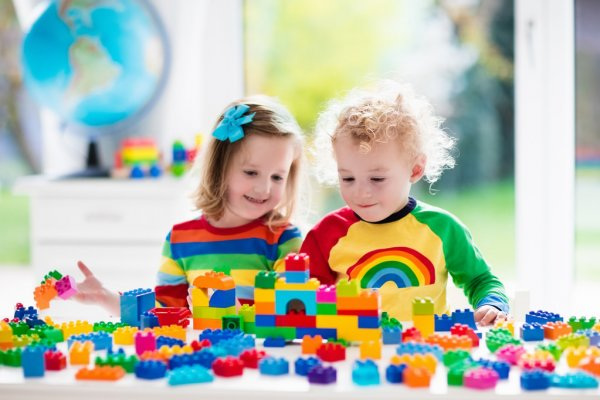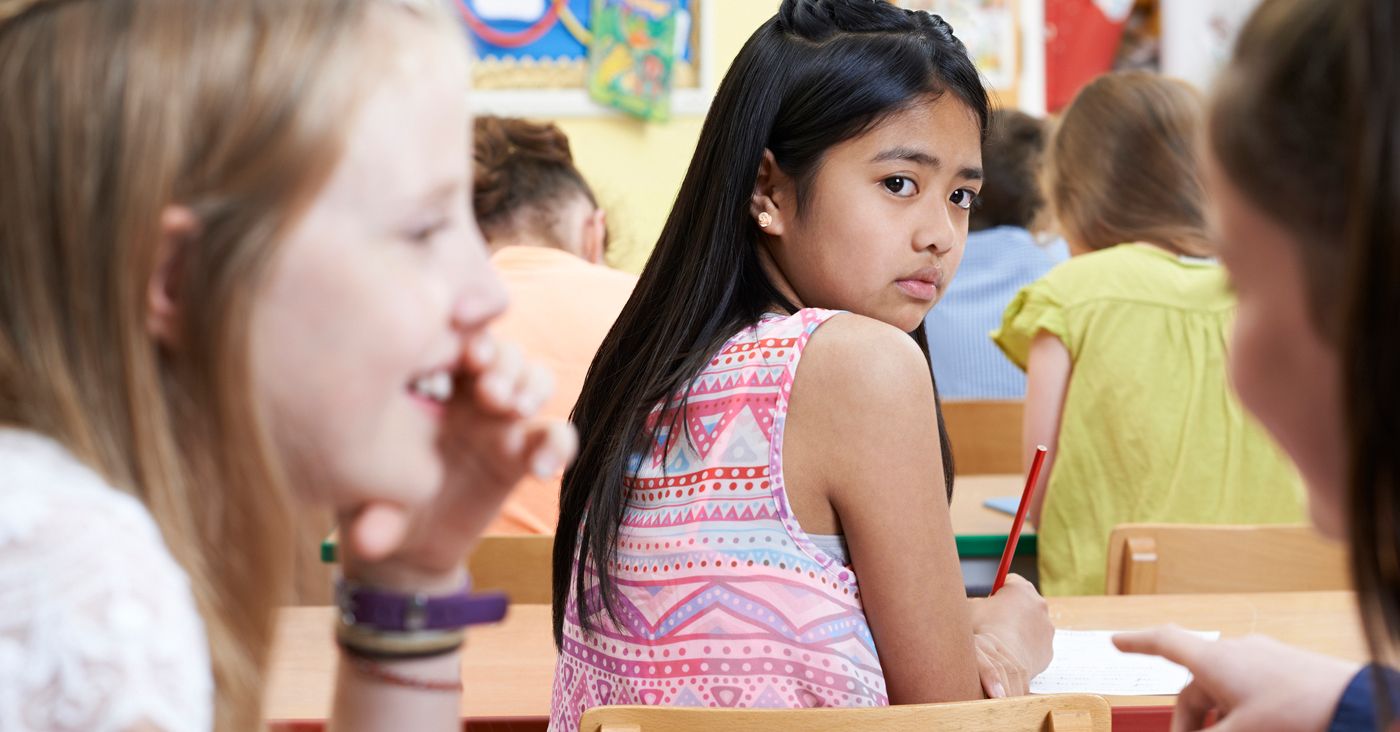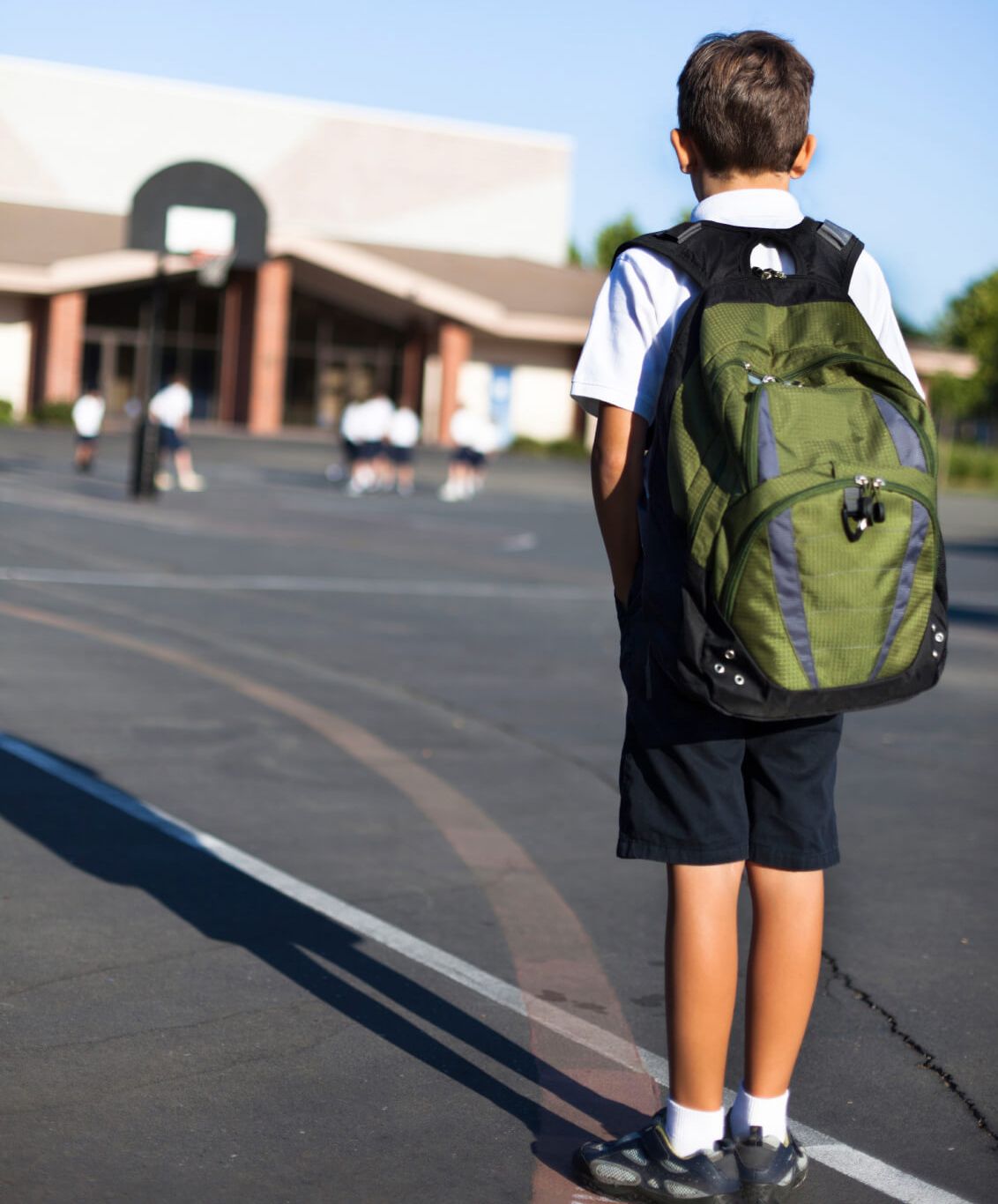Why is My Child not Socializing?
Are you wondering why your kiddo is not expressing interest in being with their peers?
 If you are worried that your child is not making friends, lets first break down what friendship is. On the surface, it’s a mutual, caring relationship. But behind that, think about why you care about that other person.
If you are worried that your child is not making friends, lets first break down what friendship is. On the surface, it’s a mutual, caring relationship. But behind that, think about why you care about that other person.
Simply put, the connection you have with that person (via conversations, shared experiences etc.) makes your life better. And why is that? There could be a million reasons. Perhaps that person makes you laugh or you get to do activities you like when that person is around or that person has been helpful to you in the past. But in general, you are benefiting from that relationship in some way and that person is benefiting from you.
Think about preschoolers. This is the age when most children move from parallel play to cooperative play. Somewhere along the way, they go from digging with their shovels in the sand box next to each other to building a sandcastle together, sharing items and adding on to a shared creation. The sandcastle is now way cooler than their individual ones could have been. When the children like what the other is doing, that is a moment of bonding and through repeated experiences like that, a friendship will form. Why? Because their actions result in something that is mutually beneficial. In this case, super awesome sand castles.
In order to do that, their experiences have to be better off from that relationship. They need to see that their existing interests are now even more reinforcing. Their tower gets even bigger when the other child is there or that they can go higher on the swing if they get a push from them.
You can set your child up for success by exposing them to different experiences where they can explore what they like and what they are good at. From sports to art to building to just popping bubbles, it’s important that kids are exposed to a variety of things so they can develop the basic skills to be able to engage in different activities.
From there, you can set the stage by setting up an activity that requires more than one person to enjoy the game or activity and make the fun part contingent on the existence of that/those other peer(s). For example, you can’t really enjoy a see saw by yourself. This can require some strategic planning both with the activity and the who to select as peers but if your kiddo is not expressing interest in others, it’s time well spent as this is what is going to get them on the road to doing so.



